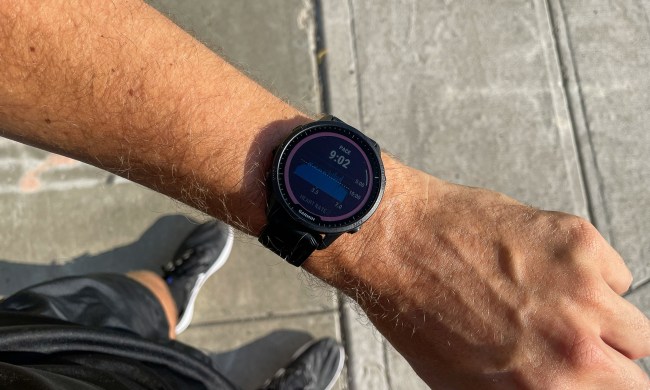
The discovery came as a surprise to a team of chemical engineers led by professor Michael Strano, who had been trying to send electric currents through water in nanotubes.
“We noticed unexpected changes in some measurements and discovered that the changes resulted from heating,” graduate student Lee Drahushuk, co-author of a paper detailing the discovery, told Digital Trends. “From there, we varied temperature systematically and realized the changes were an effect of a phase transition between liquid and solid water inside the nanotube.”
The researchers decided to investigate this behavior but were surprised to find just how strange it was. At temperatures of at least 105 degrees Celsius (221 degrees Fahrenheit) — well beyond water’s usual boiling point — the water in their nanotubes froze solid. The degree and direction of the phase transition was way more than they expected.
But there’s another mystery here which hasn’t been solved — how water enters the nanotubes in the first place. Nanotubes are just a few water molecules thick and are thought to be water-repellant. Strangely, filling them with water proved easy.
“In many cases water enters the carbon nanotubes by itself,” Drahushuk said, “more or less the same as water is pulled up into paper or other porous things, just on a very small scale. We do need to open up the ends, as carbon nanotubes usually have natural caps on their ends after they are grown.”
The discovery may find practical applications beyond adding to our understanding of water. Due to its ability to remain in a stable state through drastic changes in temperature, these water-filled nanotubes may be used as “ice wires,” which could prove to be efficient highways for transporting protons. Water is 10 times better at conducting protons than standard conductive materials.
The discovery was described in a paper published this week in the journal Nature Nanotechnology.


